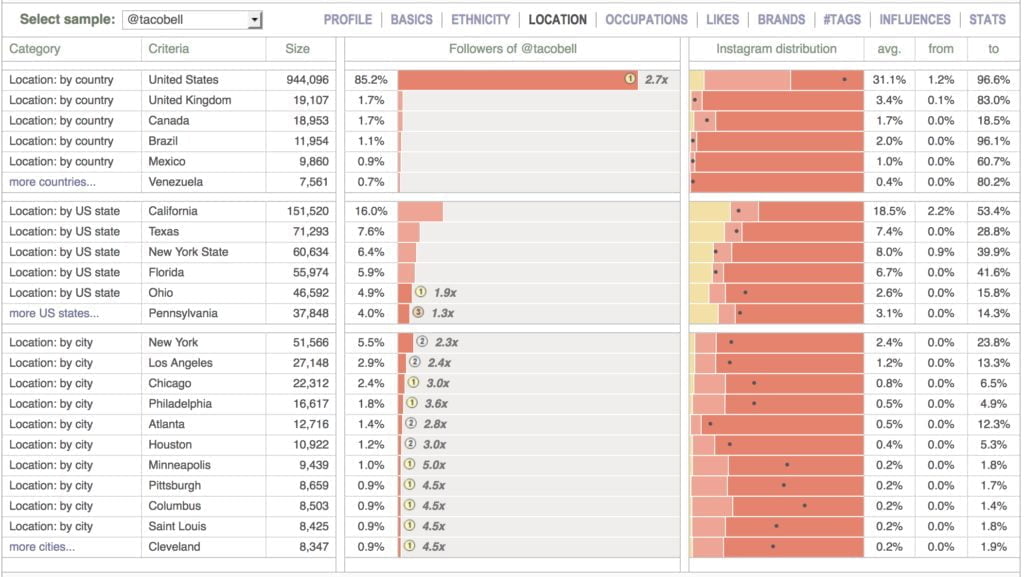Your knowledge and experience is your biggest asset. That’s what defines your business and that’s what helps you stand out. How to effectively market your knowledge online? Of course, content marketing is the answer. But simply creating expert content is not going to be answer. You need to put it forward in front of niche influencers to spread the word.
Here are 5 steps to marketing your knowledge online and making sure your content builds those important relationships for you:
Step 1: Begin planning with your audience (and publishers!) in mind
You are going to be speaking directly to your target demographic, the people you want to keep bringing back for more. Being vague and general just won’t do. Would this post be effective if I was talking to anyone with an internet connection? Of course not! It is for people who want to reach others with their content.
Ask yourself a few questions as you plan out what you are going to create:
- Who is it you are speaking to?
- What interests them?
- What problems do they often face?
- How would they be enriched by your content?
- Is anything trending in that, or related, industries?
- Which questions are they asking?
- What do they like to share?
This will take some research, but a fair amount you will know already. You are involved in the niche that interests them, after all. You can ask the same questions to yourself and get a decent idea of what to create.
Bookmark these:

Step 2: Cover topics that others don’t
If you are very lucky, one of your content ideas is going to both be highly intriguing to your audience, and not have been covered a thousand times by other creators. If you aren’t lucky (and you probably won’t be), there will already be a lot out there… making your piece potentially redundant.
Rather than just following the usual script, start taking note of what you can offer that no one else can. If you don’t have anything new, relevant or helpful to lend to the conversation, you should discard the idea. At least for the moment… if you come up with something new in the future, you can write it then.
This is a frustrating process, and you will find quite a few of your ideas being thrown in the scrap heap. But it is worth it for that smaller list of topics or titles that you can really add something to. Just by keeping the quality high, you will be connecting in a more real way to your audience than through a dozen mediocre pieces.
Bookmark these:

Step 3: Re-package Content into Different Formats
By now you should already know the value of varying your content through several forms of media. For example, you can recycle a blog post by turning it into a slideshow, an infographic, or a video. That is just content marketing 101, and something that everyone should be doing to expand their reach.
The problem many content creators run into is not carefully considering the format before they start. As in, not what it can be recycled into, but what it is originally. Bloggers are especially guilty of this, going immediately to the bread and butter of an article when something could be better explained in, say, a graph, or even a recorded podcast.
Your goal should be to find what really reaches and connects with your audience, for any given topic. Other forms of media can also generate a further link, like when they hear your voice, or when a comic makes them laugh.
How you present content can be critical in building a relationship with your viewer.
Bookmark these:

Step 4: Put Everything Together into an Online Course
These days we publish a lot of content online and thanks to repackaging we also produce lots of content in various formats (visual, audio, video, etc.). It only makes sense to try and consolidate all these efforts into on huge content asset which we can monetize and/or use to further establish our brand as a knowledge hub.
Creating an online course is a great way to put all your content together into something epic. You can use videos as lessons and attach pdf books and infographics as bonus downloads. You can keep updating your course for as long as you blog on any topic keeping your students constantly engaged. Tools like Kajabi make putting these mega resources together incredibly easy.
Christopher Cumby is a great example: Through his course he offers a free ebook, consulting and even live challenge helping to further engage the students.

Step 5: Plan the outreach hook while planning the content
What will your pitch consist of? How will it manage to trigger interest? Is there anything newsworthy or linkworthy in the content you’ll be sharing with media outlets?
How can I make my content noteworthy right now?
Creating an eBook, for example, is a great way to base your outreach on (See step 4 above!). An eBook is a great asset to mention in the pitch. It makes a great asset to promote in blogging communities and platforms.
Varied types of content greatly increase your marketing channels and outreach opportunities.
Furthermore, investing in assets helps you long-term, because they attract natural links and build loyalty. Here are a few good examples!
Conclusion
It takes time and effort, and most importantly a lot of trial and error. Not every content asset is going to bring leads and connections but if you keep experimenting and measuring, you’ll be able to market your expertise successfully and turn your brand into the niche knowledge hub.
